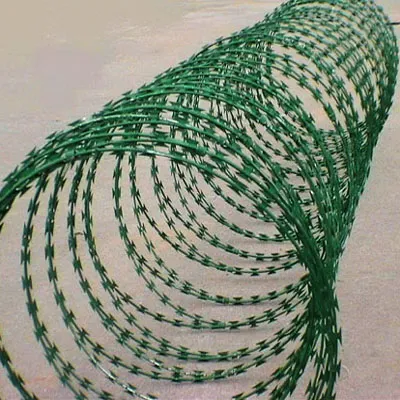

Payment to safety cannot be overstated. Wearing safety goggles shields your eyes from dust and potential shards. Gloves protect your hands from blisters and help maintain a steady grip on the tools. Once ready, angle the nail slightly downward before driving it in. This technique counters the natural gravitational pull on the object being mounted, providing a more secure hold. For heavier objects, consider using multiple nails to distribute the weight evenly. After installation, test the stability of the fixture by gently tugging it. A well-driven nail should show no signs of movement. For additional assurance, especially in areas subjected to vibration or shifting like doorways, the use of adhesive compounds or anchor plugs can add extra security. Expert opinions suggest periodic checks on the fixture, especially in the initial weeks post-installation. Environmental factors such as humidity and temperature changes can affect brick walls and the nail's integrity over time. In conclusion, utilizing concrete nails for installations on brick walls is an art that combines the right tools, knowledge, and techniques. With meticulous preparation and execution, it's possible to achieve a professional-level finish that ensures longevity and reliability.

















